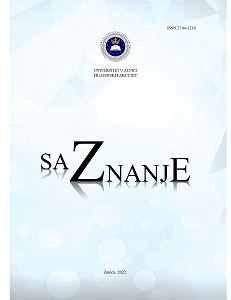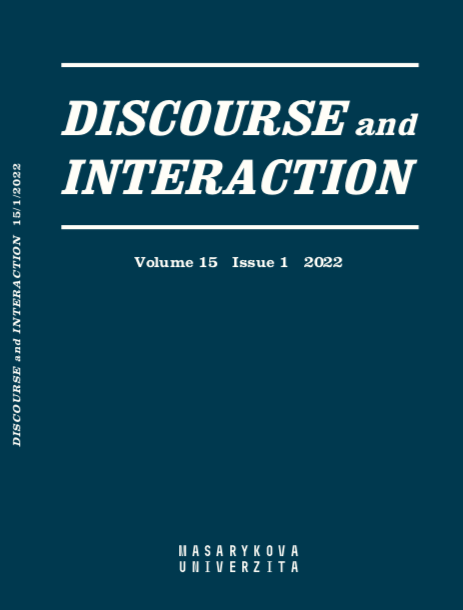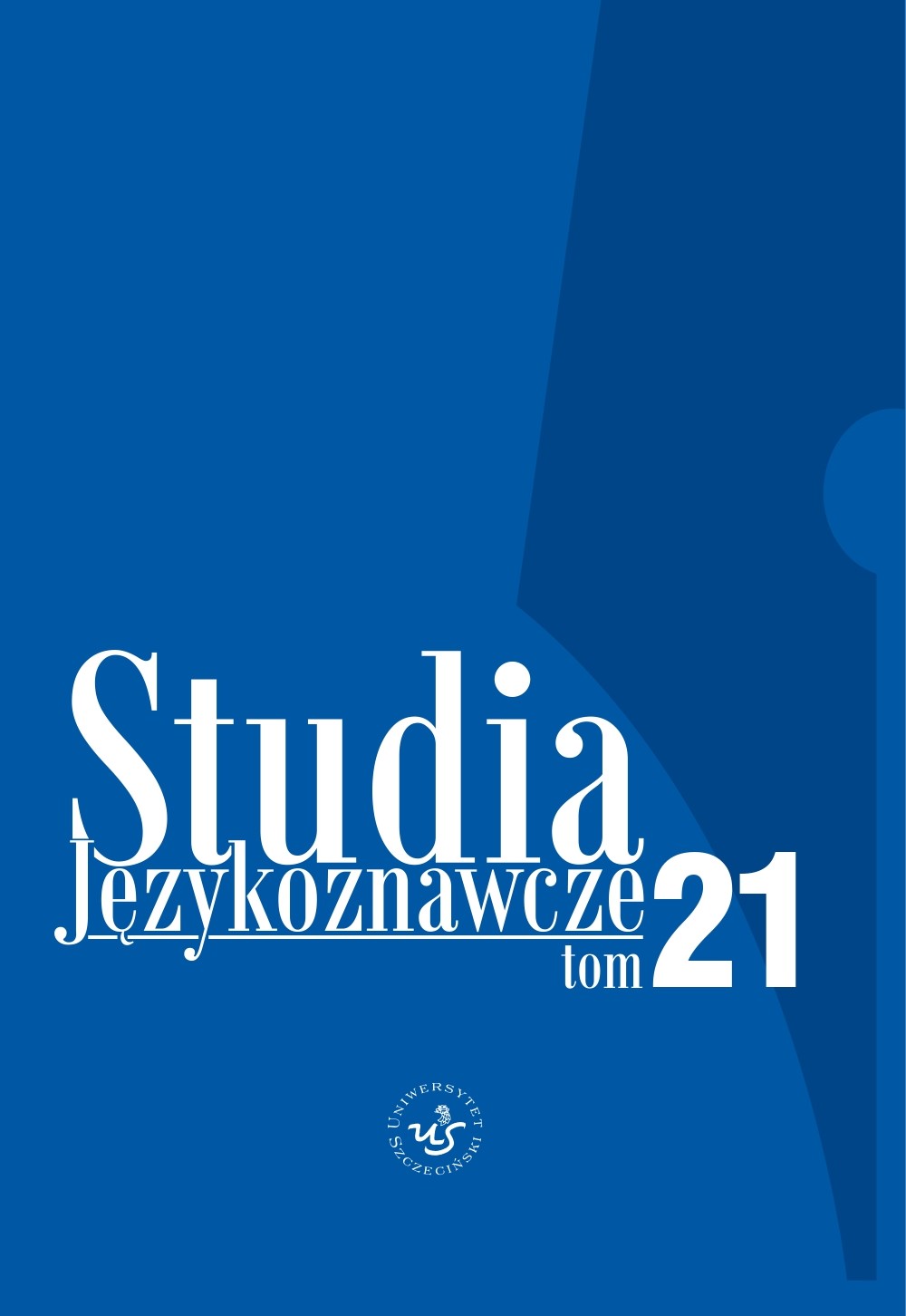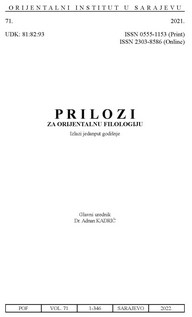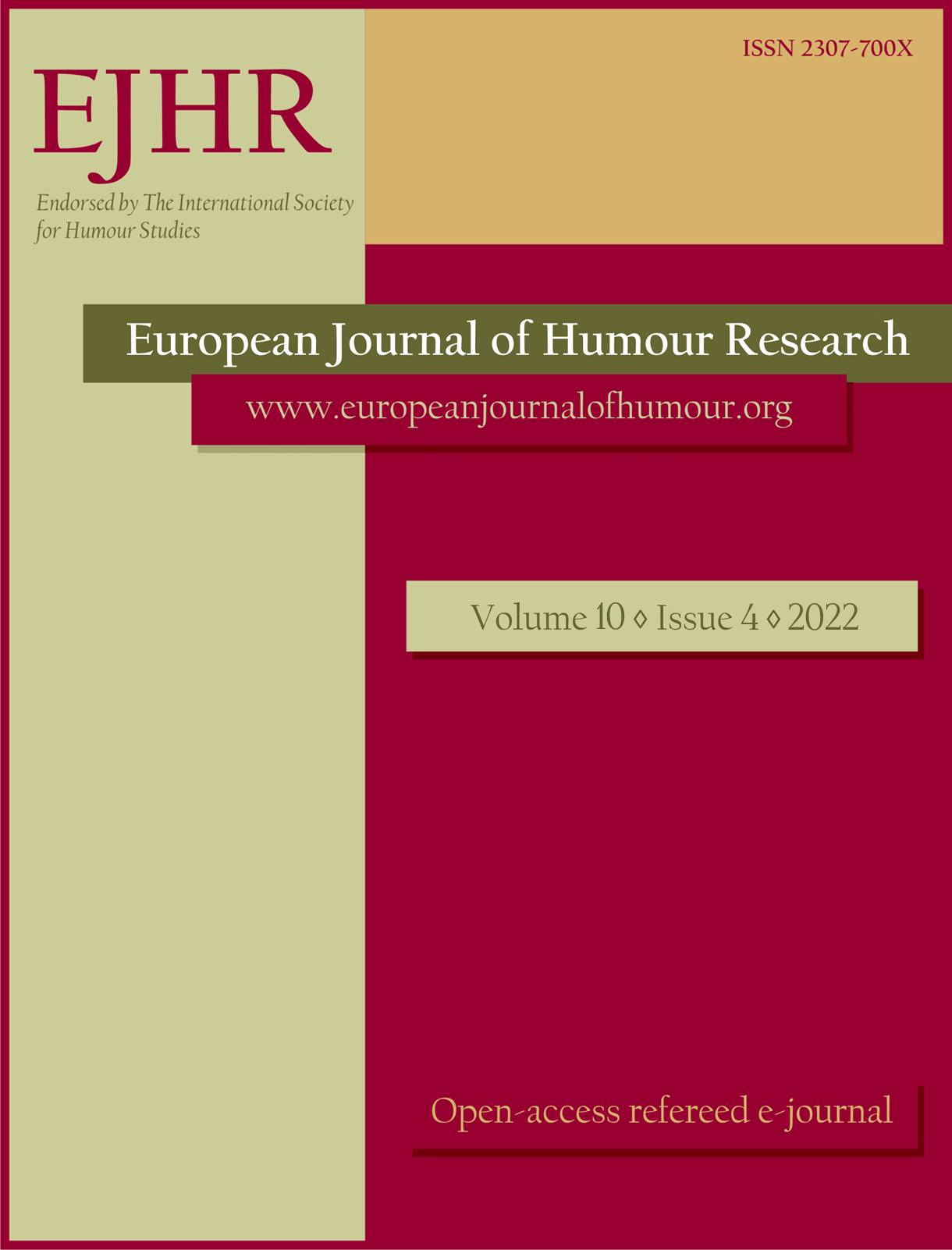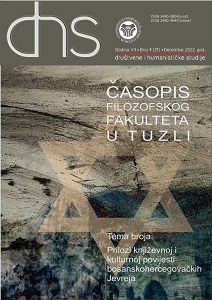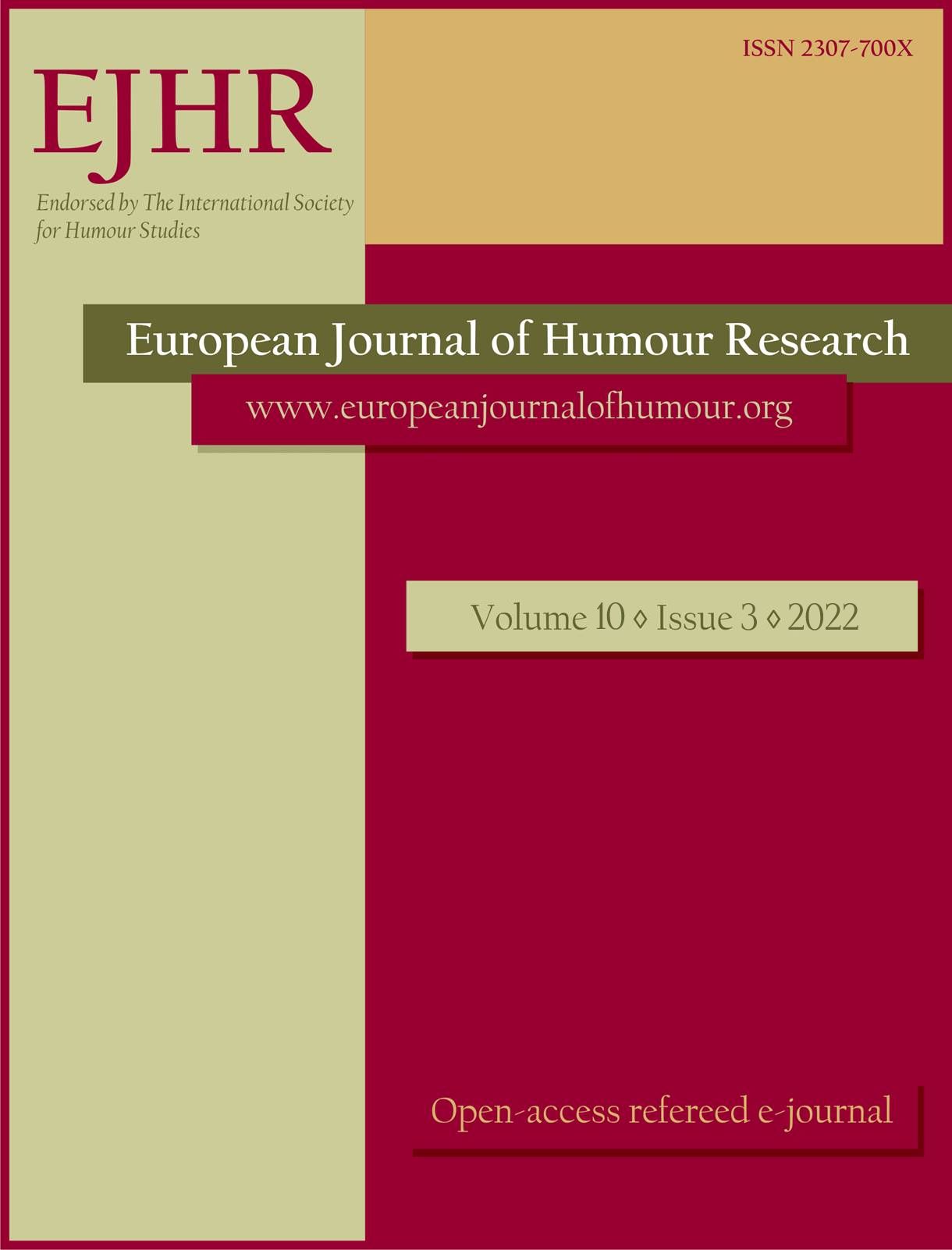
Irony in fashion memes:
The practice of fashion memes is a rather fresh exercise on the fashion scene, and it has been enjoyed by both the audiences and the brands. Fashion media have turned their attention to the phenomenon as well, addressing its scope, authorship and function from various angles. Scholarly research of the field is very scarce, though. The article seeks to contribute to the emerging field of fashion meme research by analysing a Lithuanian author of original fashion memes, a self-proclaimed fashion critic the Pink Poodle – an imaginary social media personality active on Facebook and Instagram platforms. The subjects of Pink Poodle memes are objects of media photographs from local and global public events (such as the Presidential Inauguration or an international cinema festival opening, Grammy Awards, Oscars) that demonstrate, from Poodle’s perspective, disagreements with fashion and/or aesthetics in general. The aim of the article is to reflect on the function of irony and sarcasm of the fashion meme as an instrument for fashion criticism, and the role of (visual) irony on the perception of fashion in the contemporary society. The text also addresses the role of independent fashion criticism that the practice of fashion meme creation seems to provide, and the function that this kind of intermediary between fashion and its audiences may perform.
More...
